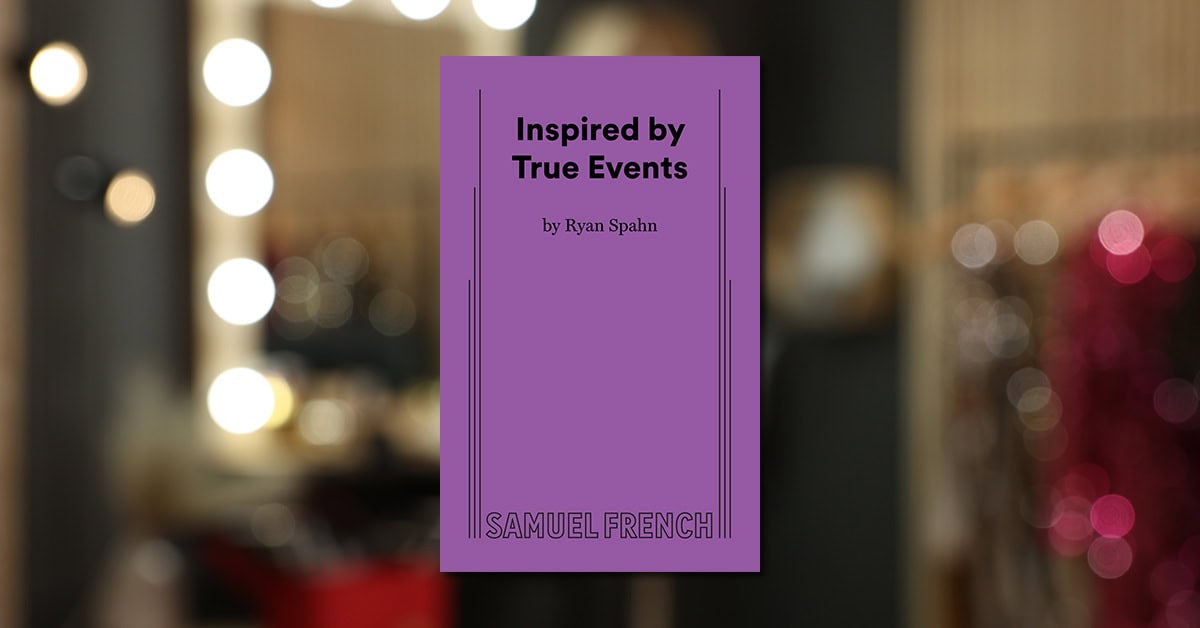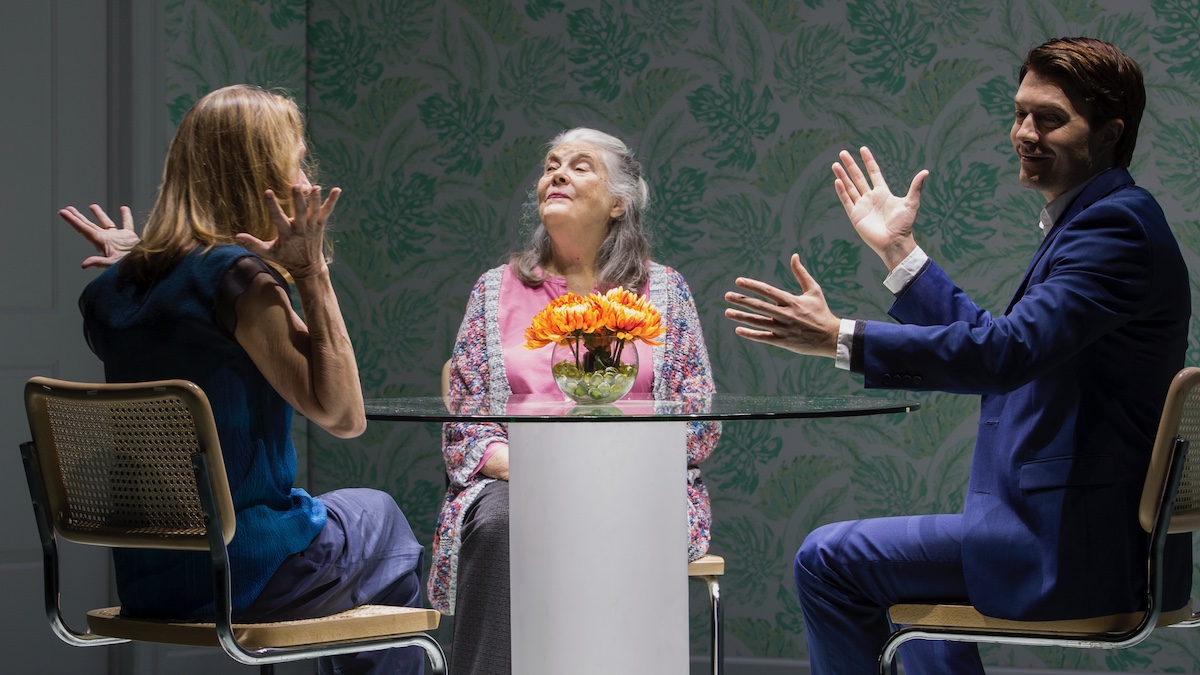
In the spring of 2014 our college had perhaps its most critical success with Leon Kaye’s Murder With Grace. I am always asked how I discovered the play. Honestly, I discovered it by chance – over the winter break I had the flu. Confined to bed, I began looking for our next play. We had finished Oscar Wilde’s Lady Windermere’s Fan the previous semester, and, over the break, we had lost members of our class (our company, if you will). I began reading countless play descriptions and ended up ordering a handful of plays. Of the plays I ordered, I would read the first ten to 20 pages, and, from that, further narrow my options. I was left with three plays to consider that I felt we could cast with our program.
Murder With Grace was described as a Jane Austen novel in which things do not work out in the last chapter. The first ten pages drop the audience right into the middle of the action, and the subsequent pages never dragged. When I finished reading the play, I knew I had found our next production. This was a play we had a cast for, but it was a play that would require a lot of solutions. Originally, it had been written as a screenplay and left little time for changes in sets or costumes. Also, it would require an investment in costumes as Regency period clothing does not come straight off the rack. Further, our class is racially diverse, and questions lingered in my mind about a Regency play with colorblind casting. It was when we began the search for how other theatres may have answered these questions that we found a bigger question: has anyone done this play before?
When the list of parts available went up before the audition, many students went to the internet to learn more about the play. There were no production photos to be seen, no reviews to be read, only the play description found on Amazon and Samuel French’s website. We may have found an obscure play, but I still did not know we had begun working on a premiere. I tried, in vain, to contact the playwright and ask him about the production history. With nothing to go on but the text itself, we held our auditions. The read-through the following day was very successful. The play’s humor and wit came out clearly; this play had legs.
In film, a character exiting one door and entering another space with another costume is a simple cut and edit. In theatre, there is no cut and edit. For the actresses, we had costumes made with elastic to help with many of the changes. Due to the various rooms and locations in the play, our set would have multiple levels to guide the audience through the transitions. Also, the house floor and apron were utilized to accommodate scene changes behind the grand drape. Lighting became an intricate part of our production with more than seventy lighting cues. At one point, we joked that the act change from one to two was one of the most exciting moments in the show that nobody would see: we had one minute and 20 seconds to remove three rooms worth of props, while rotating the back wall, before the curtain had opened.
It was in the midst of this that I received an email from Leon Kaye and learned that this was the first production. We spoke for nearly an hour about the details in our production: run time, set design, costumes, actors, limitations of our space and, of course, the play itself. Sharing our conversation with the cast was a big injection of confidence for the production, as we had lost a week of rehearsal to weather and were working around the clock to make up that time.
As we approached opening night, many in the cast openly discussed disbelief that no one had done this play before. Was it the costume demands, the set designs, the backstage efforts needed – what was it that kept this play on the shelf for so long? Our opening night was February 26. It was the largest opening night in our theatre department’s history. When we closed four days later, nearly 800 people had come to see the play. This was more than double our previous staging’s attendance. What had started as a desperate search with the flu ended with our greatest success.
To license a production of Murder with Grace, visit the US website of Concord Theatricals.

Inspired by True Events: A Conversation with Playwright Ryan Spahn

Plays About Technology

